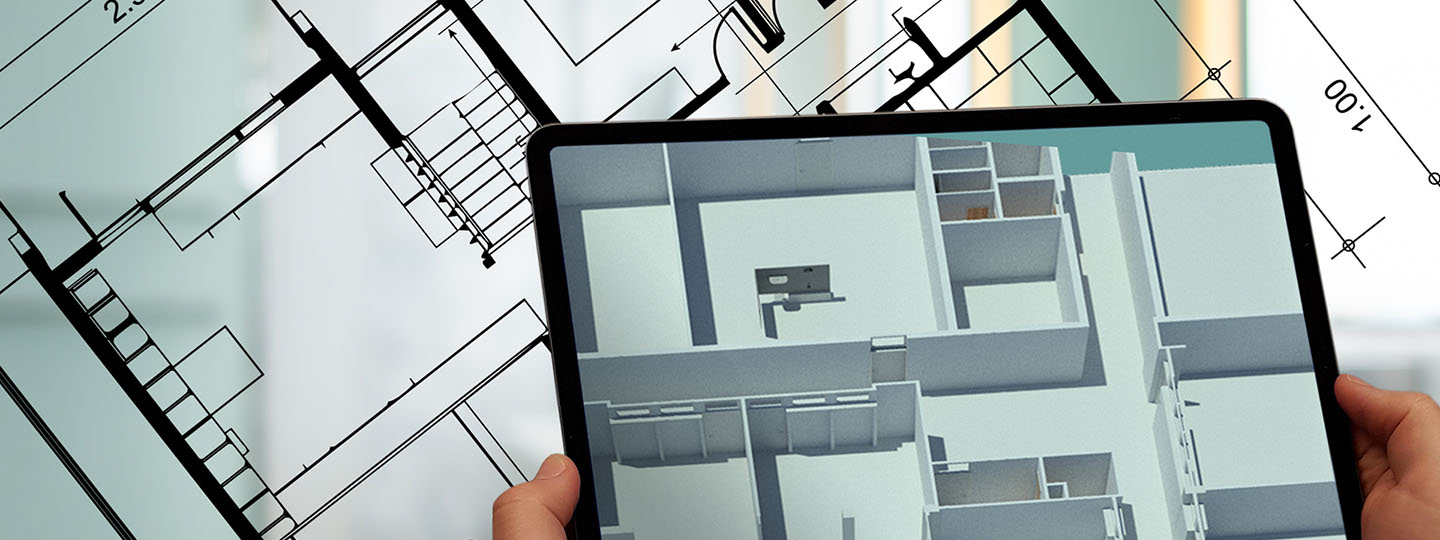Three-dimensional information about the current state of a site, available anytime and anywhere – this is the future of construction and building management. The innovative technology has been made possible by the rapid spread of 3D modeling and imaging systems. The trend is driven primarily by the success of the Building Information Modeling (BIM) which encompasses the generation and management of building
data during the design, construction and subsequent maintenance phases.
BIM comprises building geometry, spatial relationships and geographic information, as well as measurements and properties of construction components. In this way, it supports users in systematically capturing and managing lifecycle-relevant information and data, and in sharing this between interested parties. It also offers tremendous potential for documenting a building’s condition and ongoing construction processes. The smartphone platform is available at any time and at any location. BIM not only facilitates deviation analysis on the construction site; it also provides a centrally stored digital reference model of the building with the up-to-date status of planned and completed work. The IT-based assistance system can be used by all stakeholders in the construction site.
Fraunhofer IGD focuses on the provision of Cloud-based visualization services for BIM and augmented reality technologies for the support of as-planned / as-built deviation analyses. The researchers
aim to bridge the gap between 3D visualization and AR-tracking SaaS-based technologies. In doing so, they are realizing high-performance 3D immersion as well as model-based 3D tracking and registration technologies for mobile devices.
The software shows its strengths above all in building management and in complex assembly and demolition tasks involving the renovation of landmark buildings and the restoration of historic facades.


